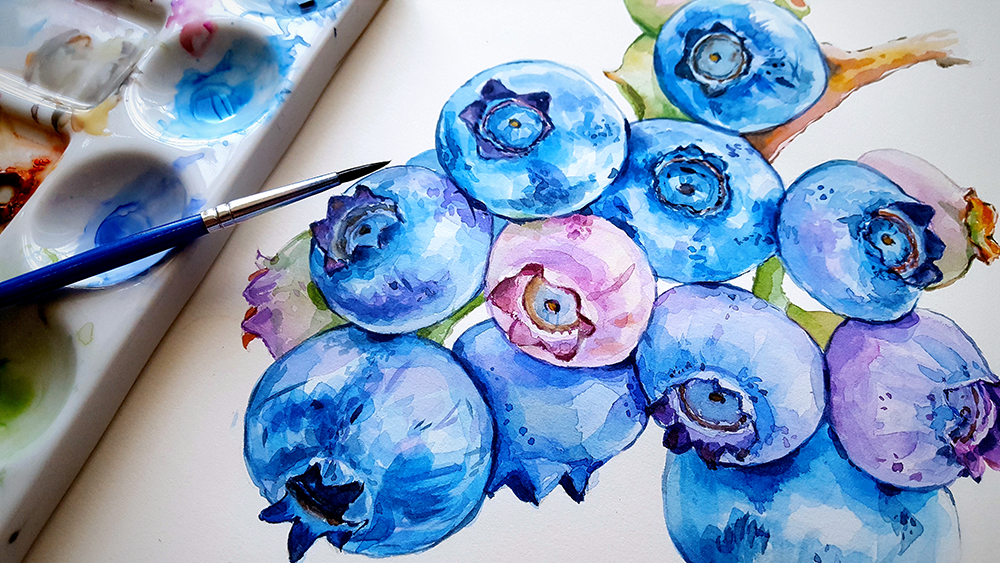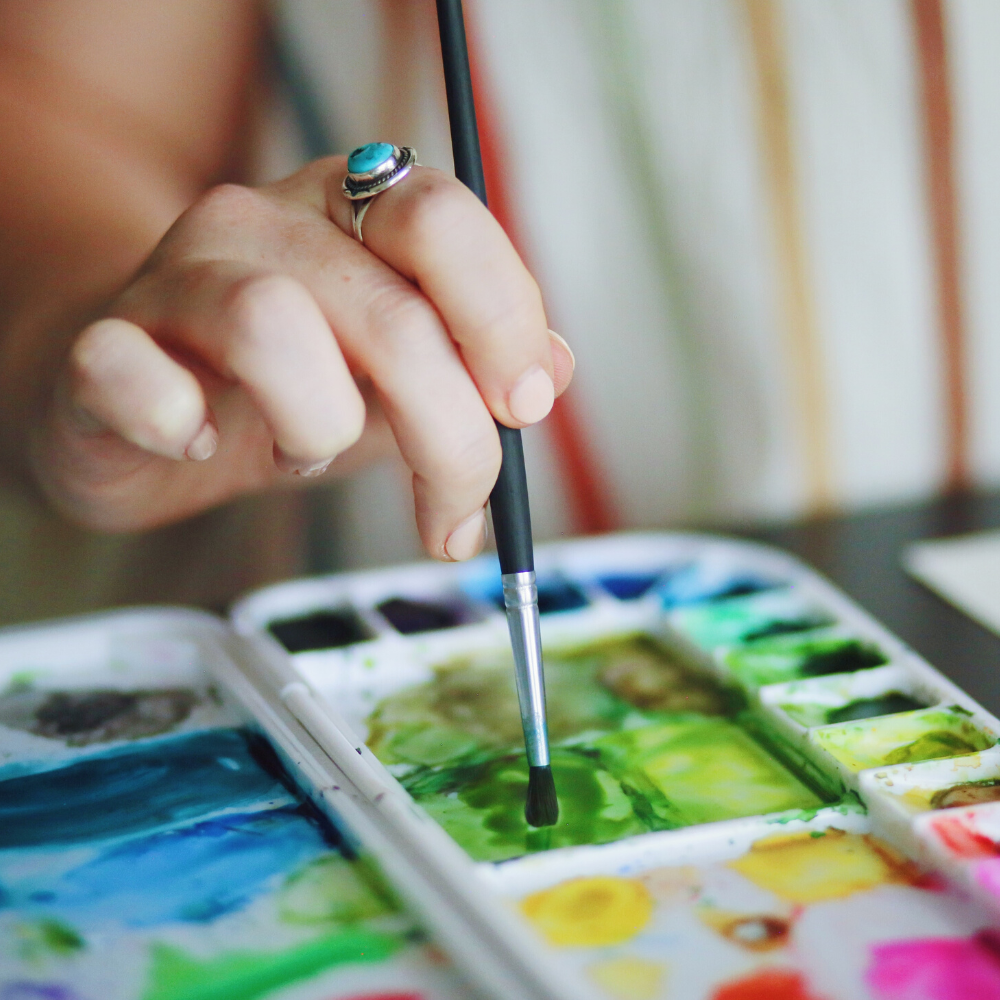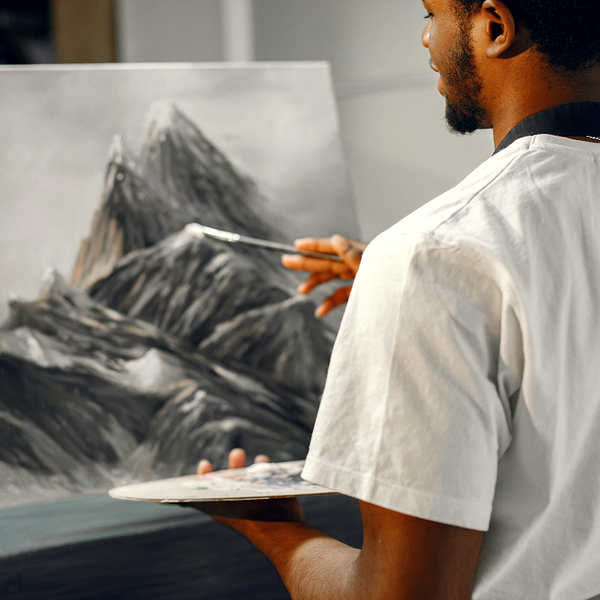Are you an aspiring artist looking for the perfect way to get creative with your watercolor palette?
Well, look no further – let's unlock your inner Picasso and explore a variety of techniques that will allow you to create something unique!
From vibrant hues to subtle pastels, there are endless combinations possibilities with just a few simple tips.
If you're trying to find the perfect watercolor palette for your next project, we’re here to help you choose the right one.
Whether you’re an experienced artist or just getting started, there’s a watercolor palette out there that’s perfect for you.
Keep reading to unleash your hidden potential as an artist – let's discover how you can make a dramatic statement when tapping into the power of watercolors!
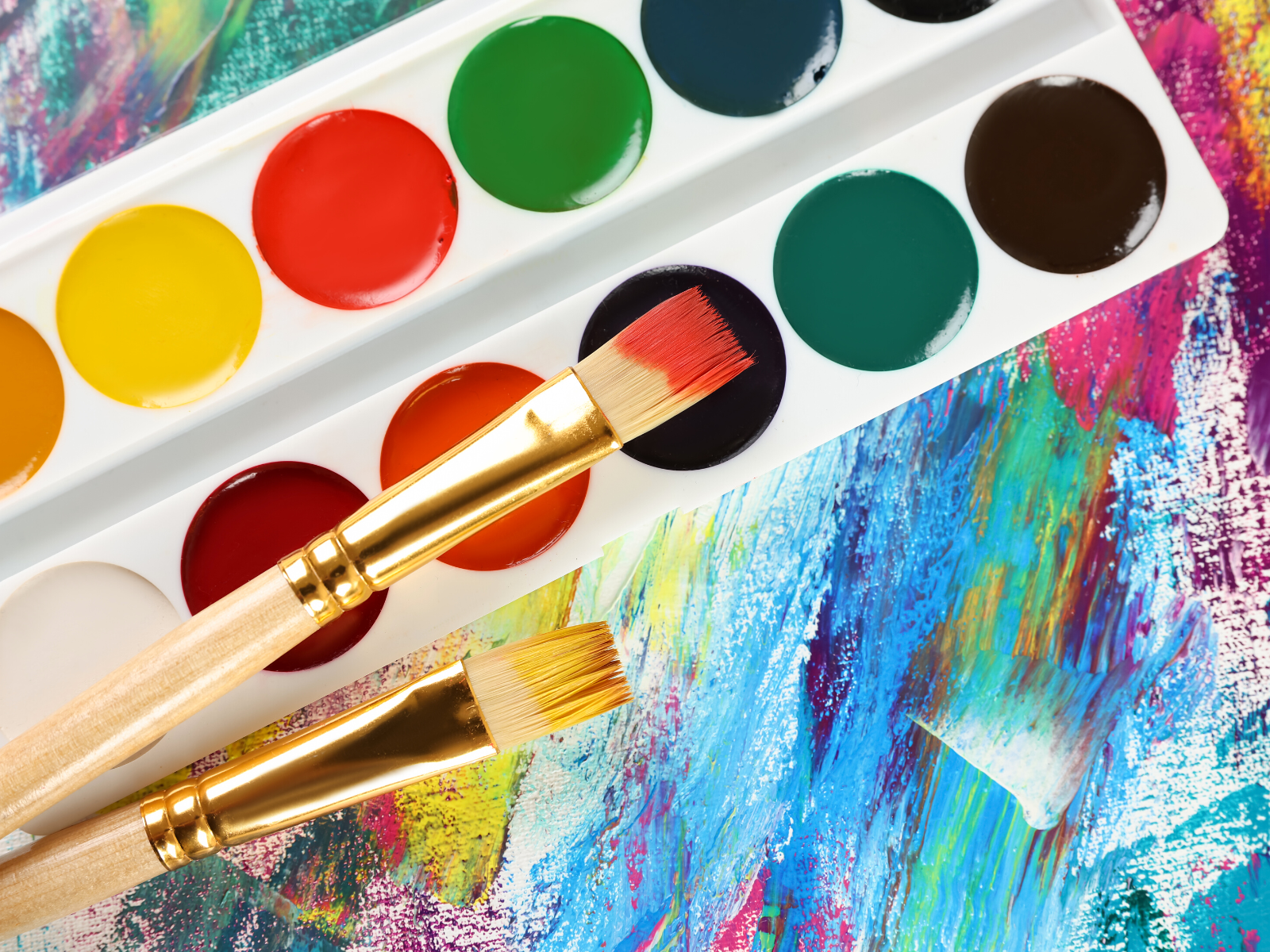
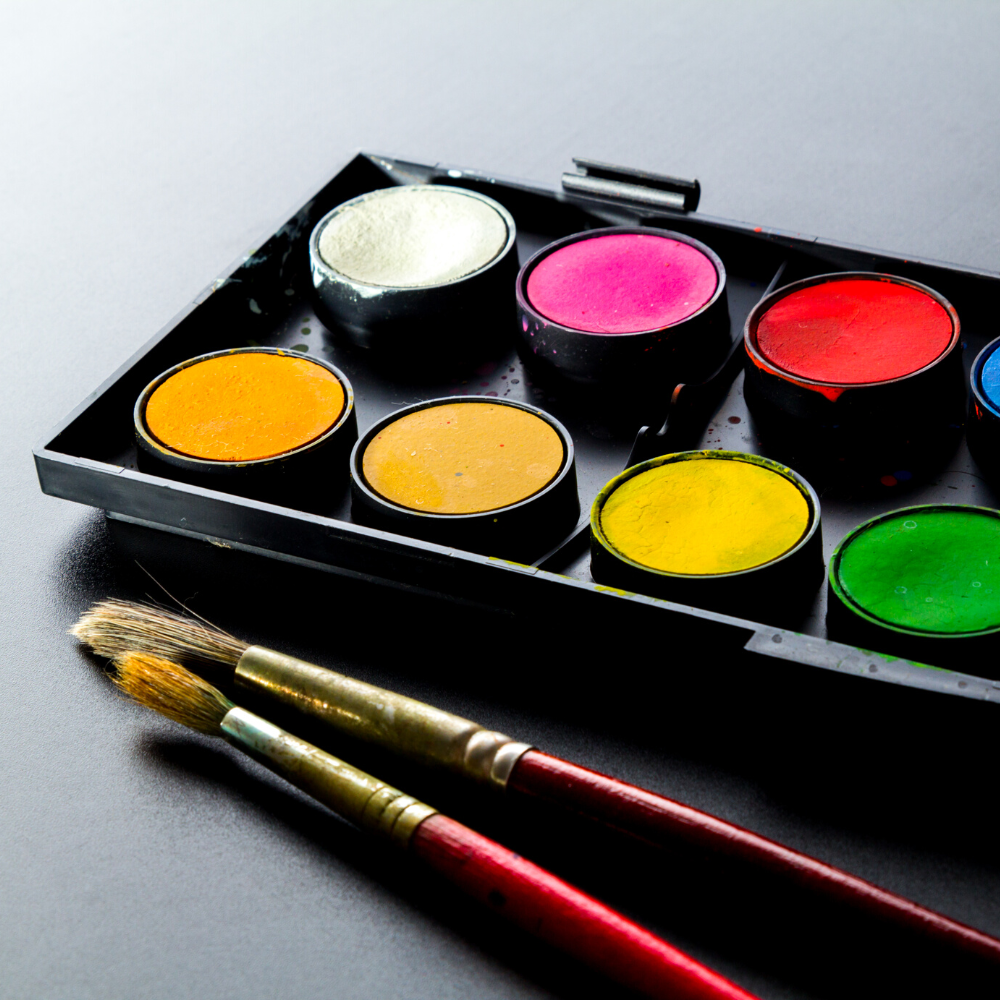

Watercolor Basics
Before diving into the creative possibilities of your watercolor palette, it’s important to understand some of the basics.
Watercolor is a type of paint that is made up of pigments suspended in a water-soluble binder, like gum arabic or glycerin.
The colors are transparent and layered on top of each other to create a range of tones.
Watercolor paint is usually sold in small tubes and cakes, but it can also be purchased in pans or liquid form.
Dried paint can be reactivated with water – just add a few drops and mix it together to create the desired consistency.
When selecting your watercolors, you’ll want to look for paints with high pigment levels so that the colors are true and vibrant.
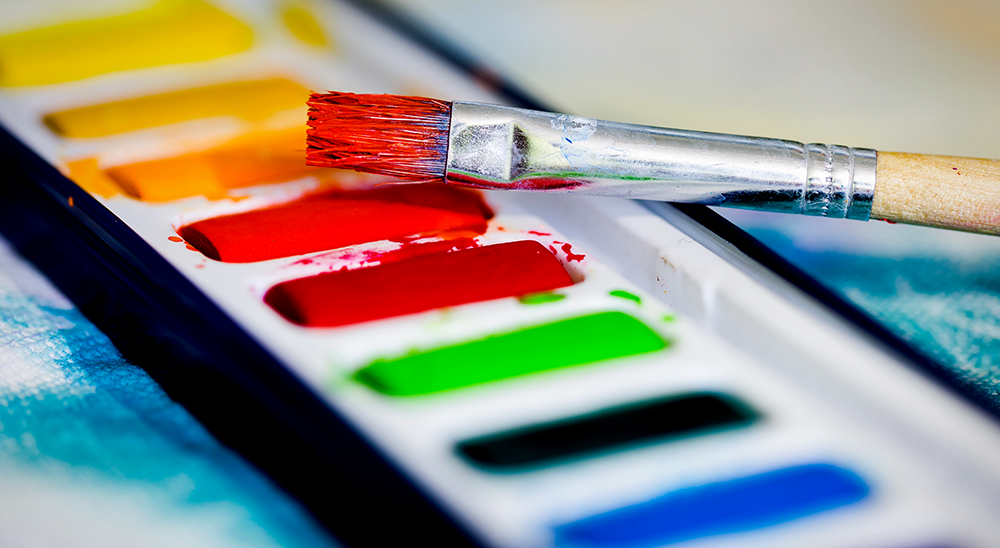

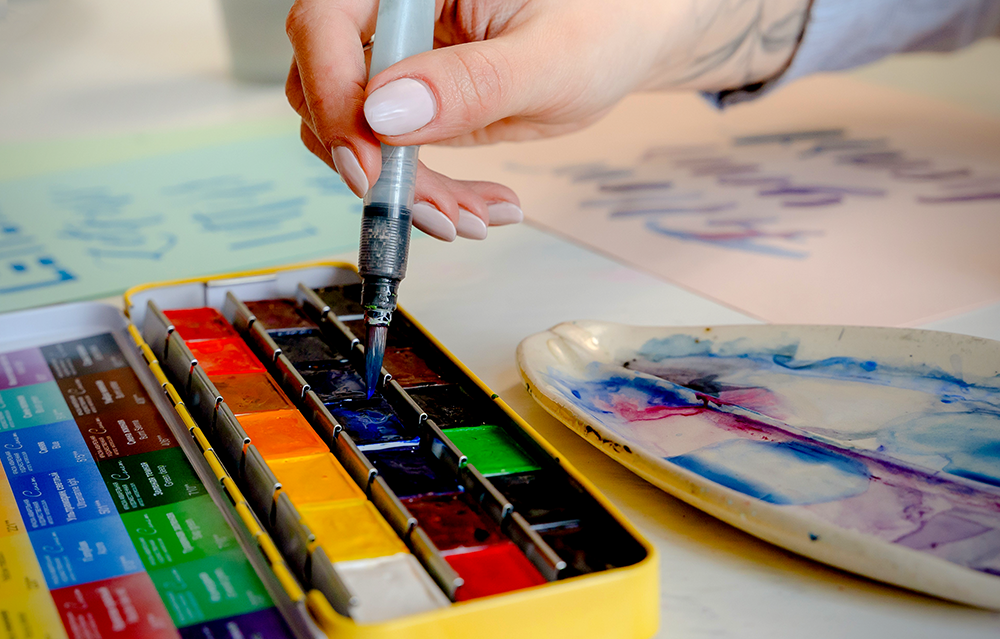
Choosing Colors for Your Watercolor Palette
Once you know the basics, it’s time to choose colors for your watercolor palette.
Start by selecting a few primary colors like red, blue, and yellow.
These will become the building blocks of your painting – the more shades of these three colors you have in your palette, the more options you will have for creating a variety of shades and hues.
Warm yellow, cobalt blue, and cadmium red are all good choices for primary colors.
You can also add additional hues, such as cool yellow, hansa yellow medium, ultramarine blue, phthalo blue, and permanent rose to your watercolor palette for a more vivid look.
Deeper shades can be achieved by adding black, burnt umber, burnt sienna to the mix, and soft pastels can be created with peach or pink.
The next step is to add some secondary colors like green, violet, and orange to your palette.
These are combinations of the primary colors that will create a range of unique tones.
Playing with paint colors and color theory, you can create a unique watercolor palette that best suits your style.
Consider adding a green shade like hooker’s green or olive instead of a blue and yellow combination for an unexpected twist.
You can also try adding in some metallic colors, such as gold or silver, to your palette for those special projects.
Finally, you can add in some fun accent colors such as browns, pinks, tertiary colors, and beiges.
These colors will help you create texture, highlight details, and add drama to your painting.
Consider whether or not you want to use a limited color palette or a full spectrum of colors.
A limited palette will allow you to mix and match shades easily while still creating a cohesive painting.
It’s also great for beginners who are just starting out with watercolor painting.
Colors like raw sienna, raw umber, hansa yellow deep, and burnt umber are excellent choices for creating a harmonious painting with limited shades.
On the other hand, a full spectrum palette is perfect for experienced artists who want access to a variety of shades and hues.
Half pans and full pans are available for either type of watercolor palette, so you can find the right size and shape that works best for your project.


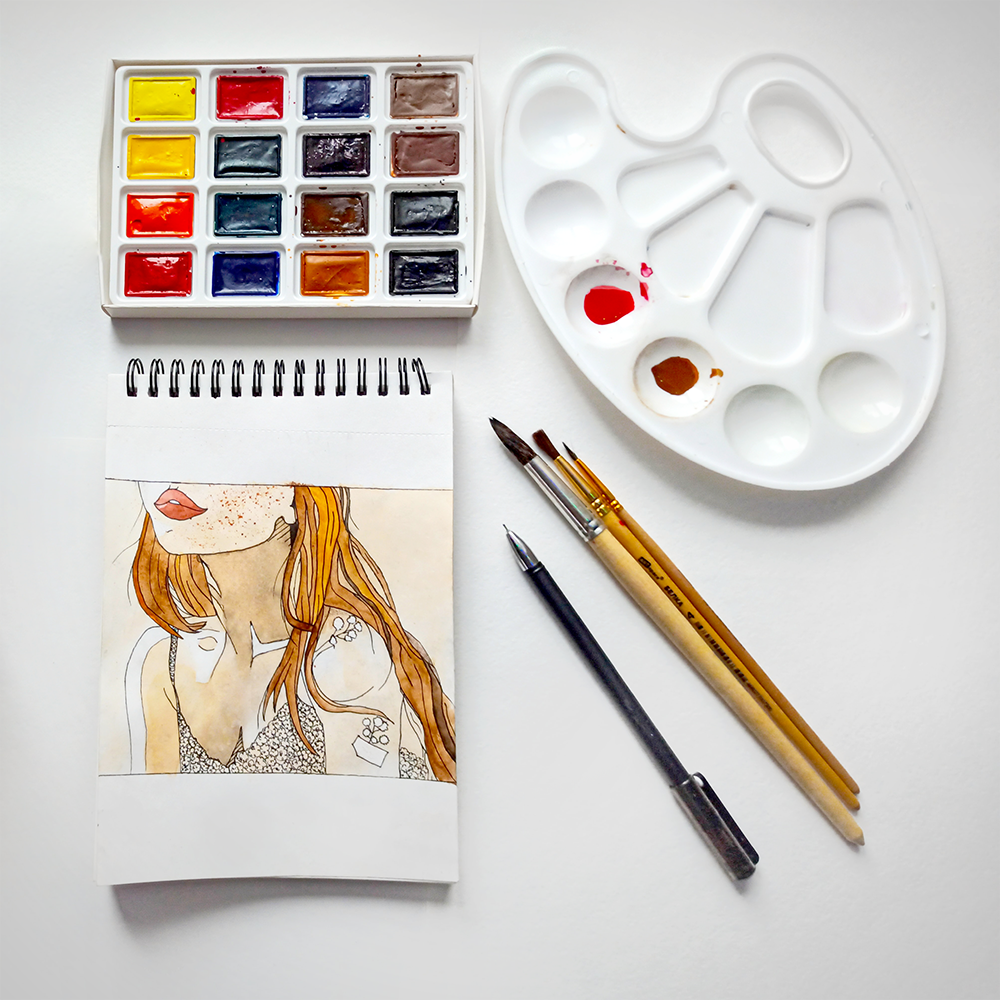
Types of Palettes
When it comes to choosing a watercolor palette, there are a few different types to choose from.
Here are some of the most popular options:
- Tin Palette
Tin palettes are great because they have lids that snap shut, which makes them easy to transport and store without any mess.
They usually come with a set of wells that you can fill with your chosen colors.
They typically come in various sizes with anywhere from 12-48 wells, so you can choose the size that best fits your needs.
The downside is that tin tends to rust easily, so make sure you take extra care when cleaning and storing it.
- Paper Palette
Paper palettes are ideal for beginning watercolorists because they are inexpensive, lightweight, and easy to use.
These palettes usually come with a white surface that you can draw on, so you can easily plan out your painting before getting started.
The downside to paper palettes is that the colors might bleed into each other, so make sure you have a separate space for mixing and blending.
- Wooden Palette
Wooden palettes offer a classic look and feel and can be used with acrylics as well as watercolors.
They are often made of Cherrywood or maple wood, which give them a unique aesthetic appeal.
The downside is that they can be more expensive than other types of palettes, but they are also much sturdier and easier to maintain over time.
- Plastic Palette
Plastic palettes offer plenty of wells for paint and come in all kinds of shapes and sizes.
Plus, they are very affordable, making them ideal for beginning artists who don't want to spend too much money on their supplies yet.
The downside is that plastic palettes usually don't last as long and can become discolored or stained over time.
- Ceramic Palette
Ceramic palettes are becoming increasingly popular among artists due to their sleek designs and durability.
They also have plenty of wells for paint and can be used with both oil paints and watercolors.
The downside is that they can be quite expensive compared to other palettes, but if you're looking for a high quality product then this might be the right choice for you.
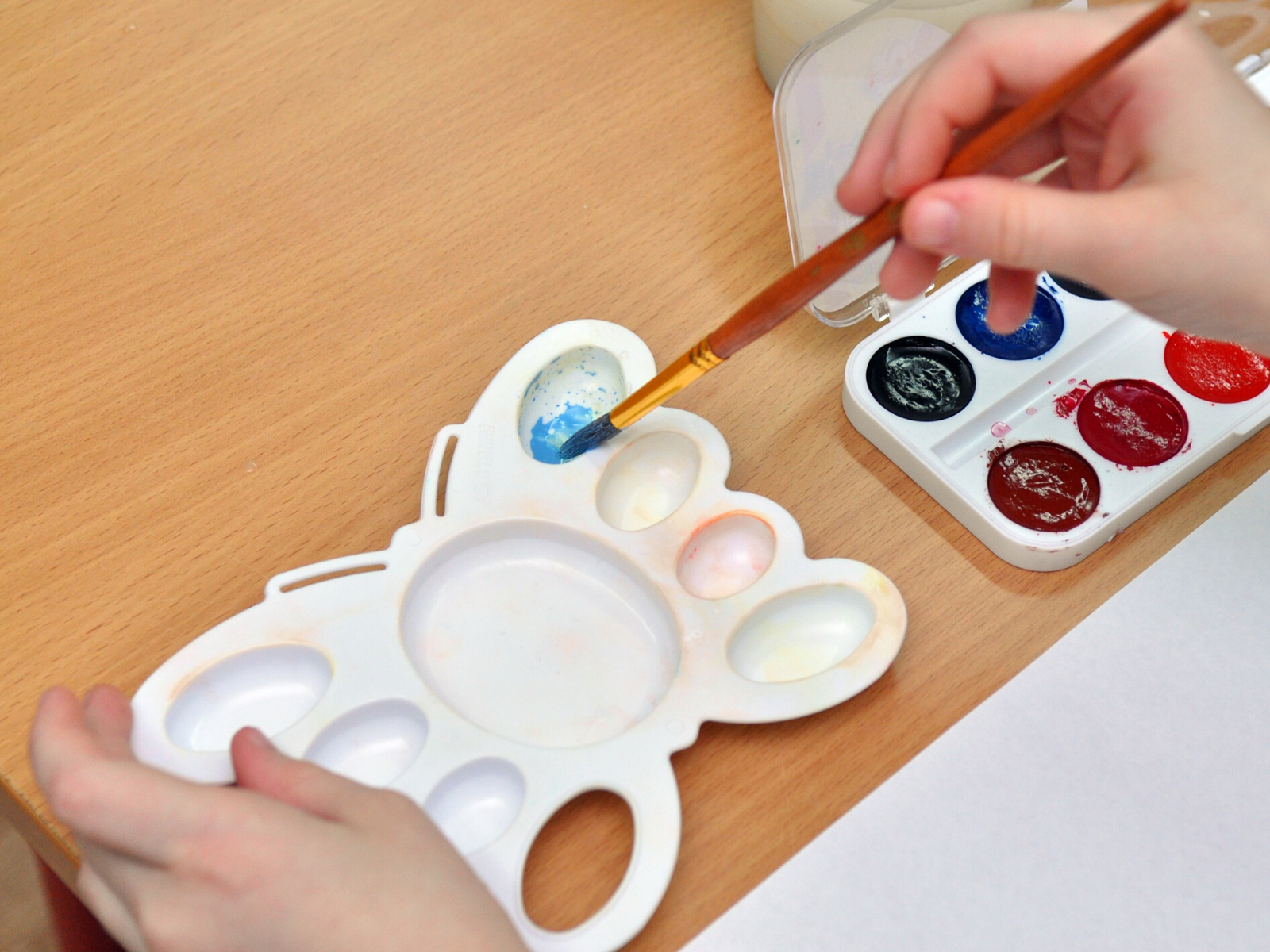


Finding the Right Paint Brush
Once you have your palette picked out, it’s time to choose the right paintbrush.
This is important because each brush has a different shape and size that can affect the way you apply the paint.
A round brush is best for covering large areas, while a flat brush is ideal for creating precise edges and lines.
Synthetic brushes are great if you're working with acrylics, while natural hairs like sable or mongoose are better suited for watercolors.
A fan brush is perfect for creating soft, feathery strokes, and an angled brush is ideal for creating sharp lines or drawing details.
A filbert brush is great for creating soft edges or blending colors, and a liner brush will allow you to draw thin lines.
Finally, be sure to look for brushes that are easy to clean and maintain.
No matter which type of brush you choose, make sure that it is the right size for your project.
The larger the brush, the more paint it can hold and the bigger area you’ll be able to cover.
On the other hand, small brushes are perfect for detailed work and can help you create intricate designs.
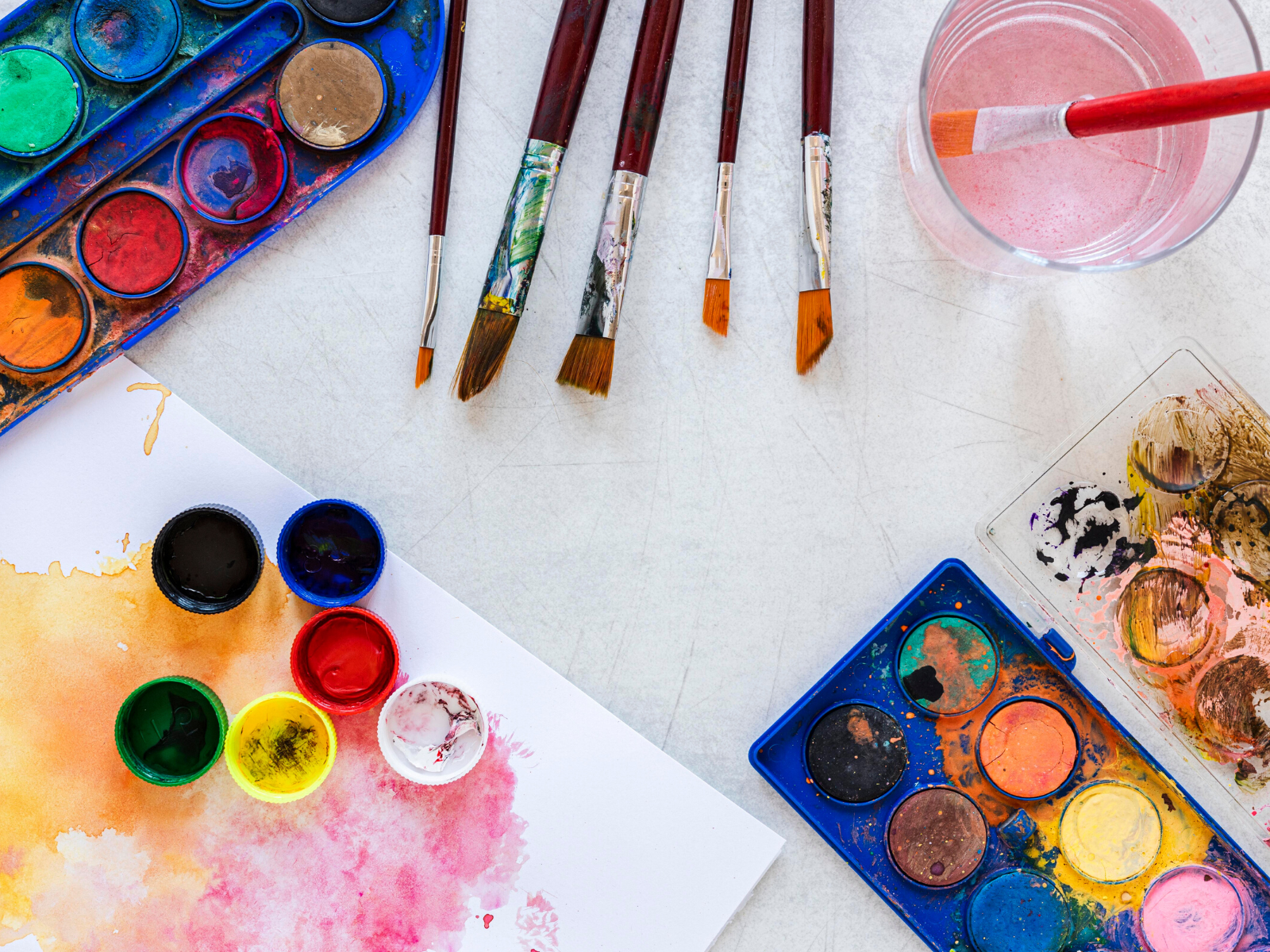
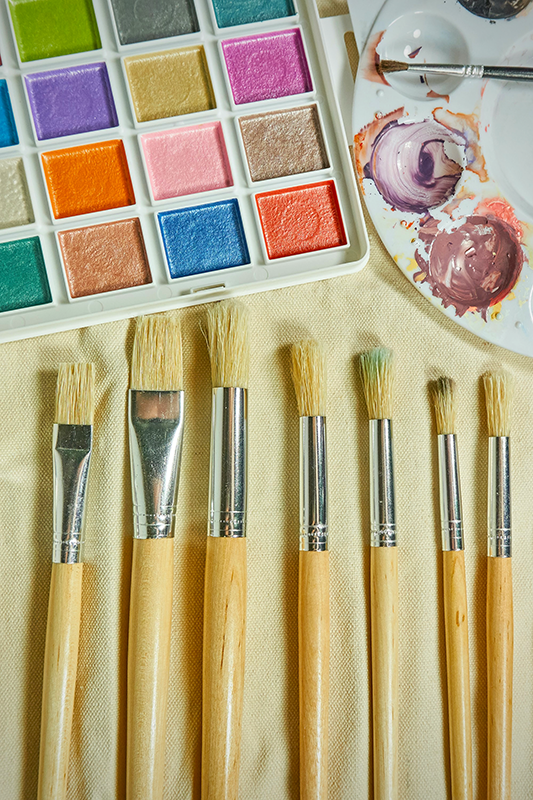
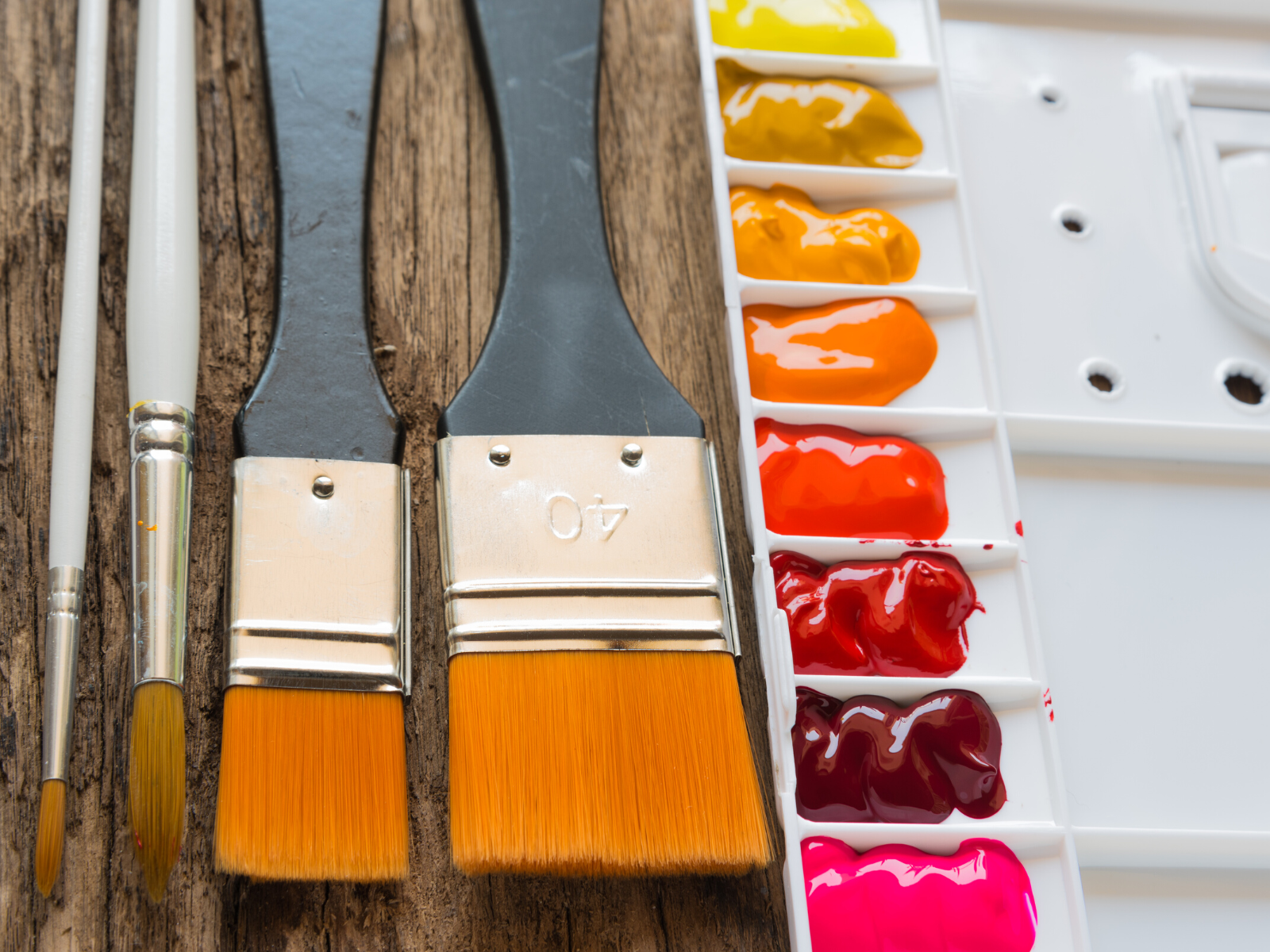
Using Your Watercolor Palette
Once you have your watercolor palette set up, it’s time to get creative!
Start by testing out different colors with your current palette to get an idea of what works best with your chosen design.
You can layer the colors on top of each other to create unique shades and hues, or mix them together to create a beautiful blend of colors.
You can also use different brushes to achieve different effects – try using a flat brush to outline your design and a fan brush to blend the colors.
Finally, don’t forget to experiment with different techniques such as wet-on-wet, dry-brush, and glazing.
Watercolor painting can be a fun and rewarding experience, so don’t be afraid to get creative and try something new!
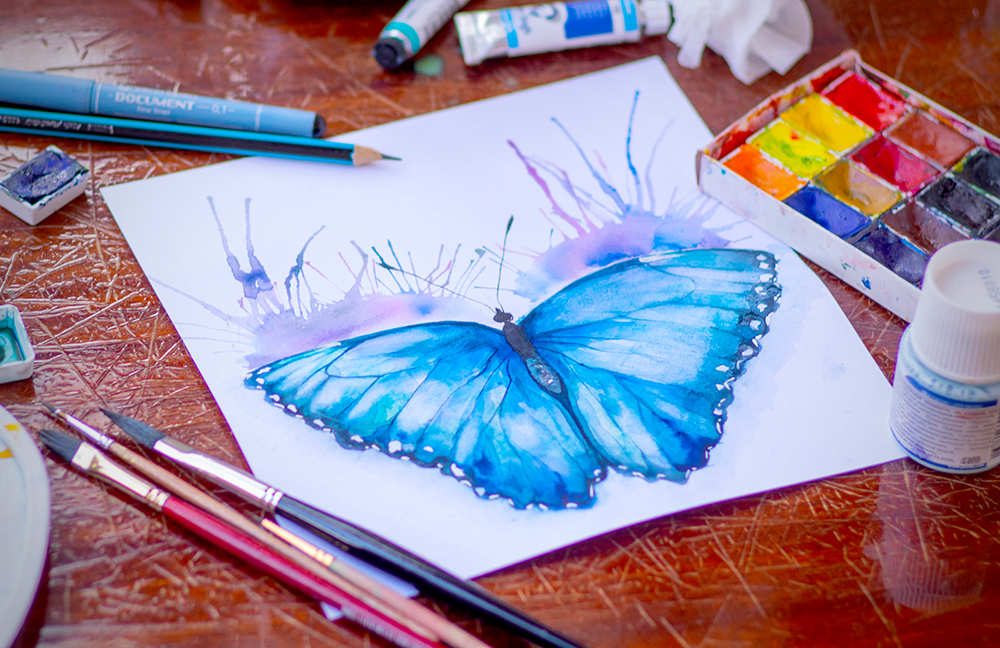

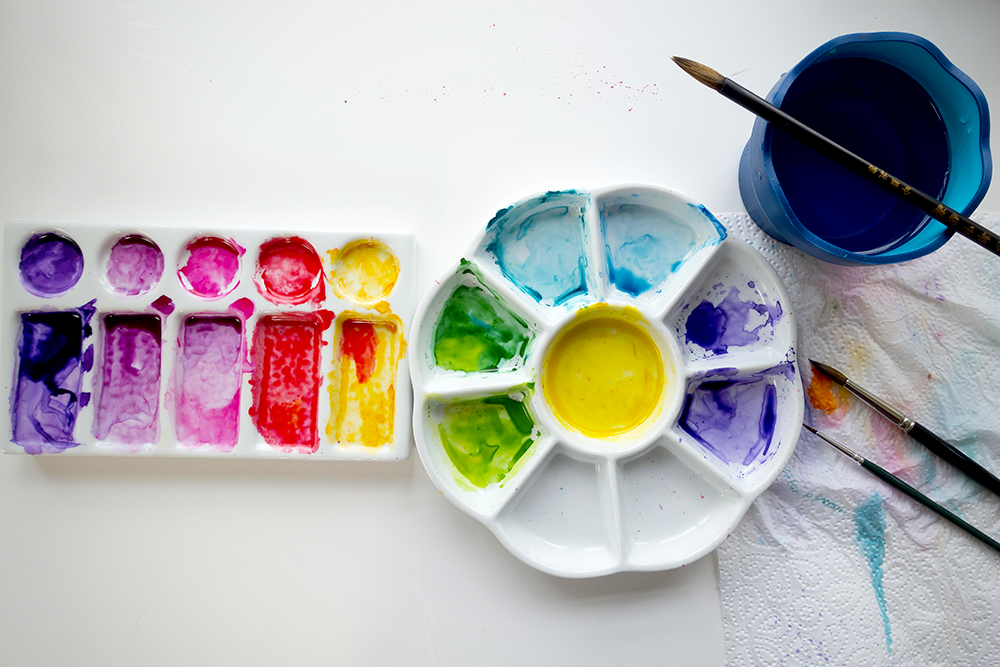
Tips for Watercolor Paintings
Now that you have your supplies and know how to use them, let’s take a look at some watercolor tips and tricks for creating beautiful watercolor paintings.
- Use a light touch – watercolors are delicate and can easily be overworked, so it’s best to use a light touch when applying the paint.
- Work in layers – layering different colors can create depth and dimension, so don’t be afraid to experiment with different combinations.
- Be mindful of color mixing – too much paint or too much water can ruin your painting, so be sure to mix the colors on a separate palette first.
- Practice – even experienced artists practice and refine their techniques
- Be patient – watercolors can take some time to dry, so be patient and give your paintings plenty of time to dry before moving on to the next step.
- Create a plan – having an idea of what you want to create can help you stay focused and organized while painting.
- Try different brushes – each brush is unique, so try out different sizes and shapes to see what works best for you.
- Have fun – remember that watercolor painting should be a fun and creative experience, so don’t take it too seriously and just enjoy the process!
By following these simple tips and techniques, you can unleash your inner Picasso and make stunning works of art with your watercolor palette!
So, don’t wait any longer – start exploring the possibilities and get creative with your watercolor palette today!

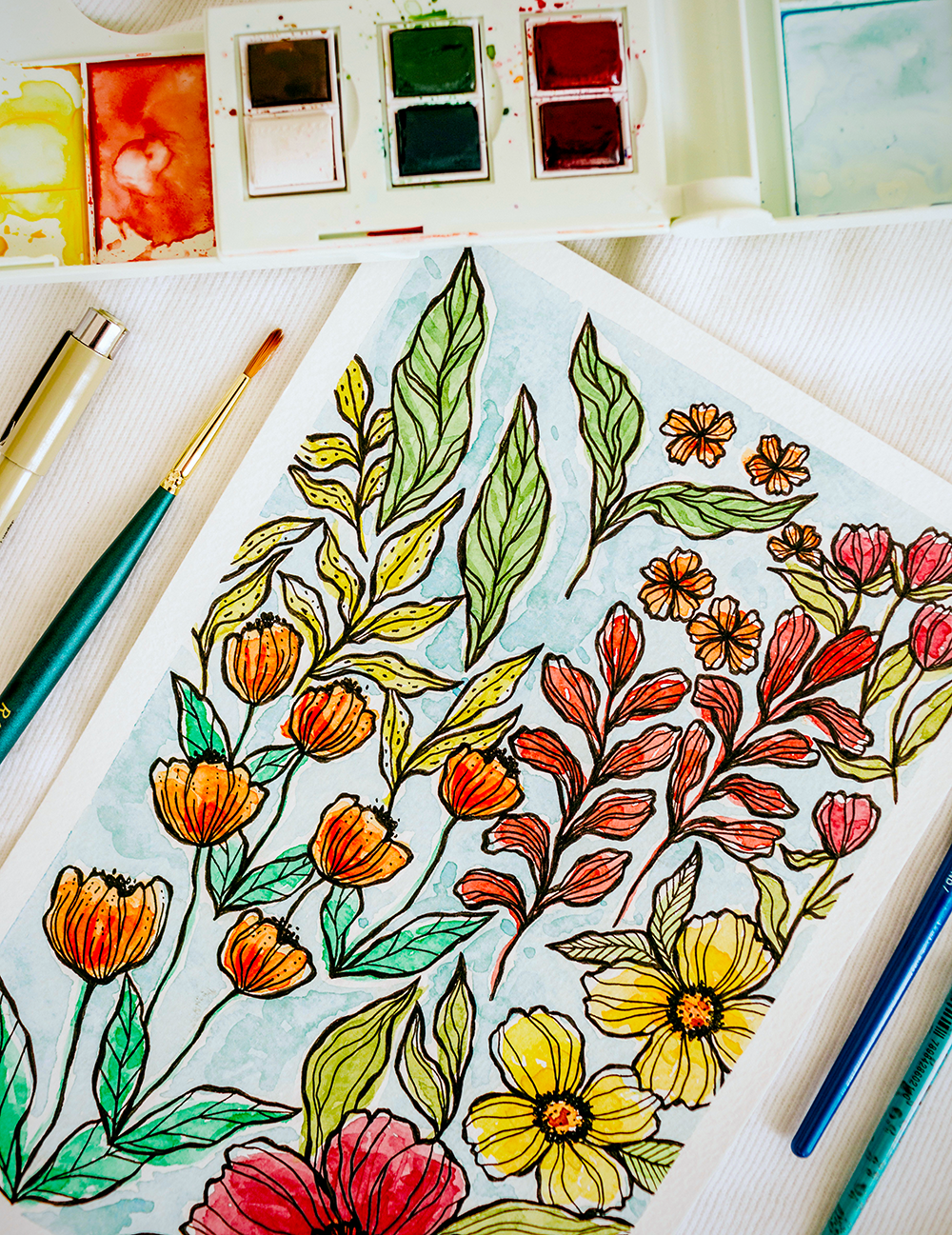
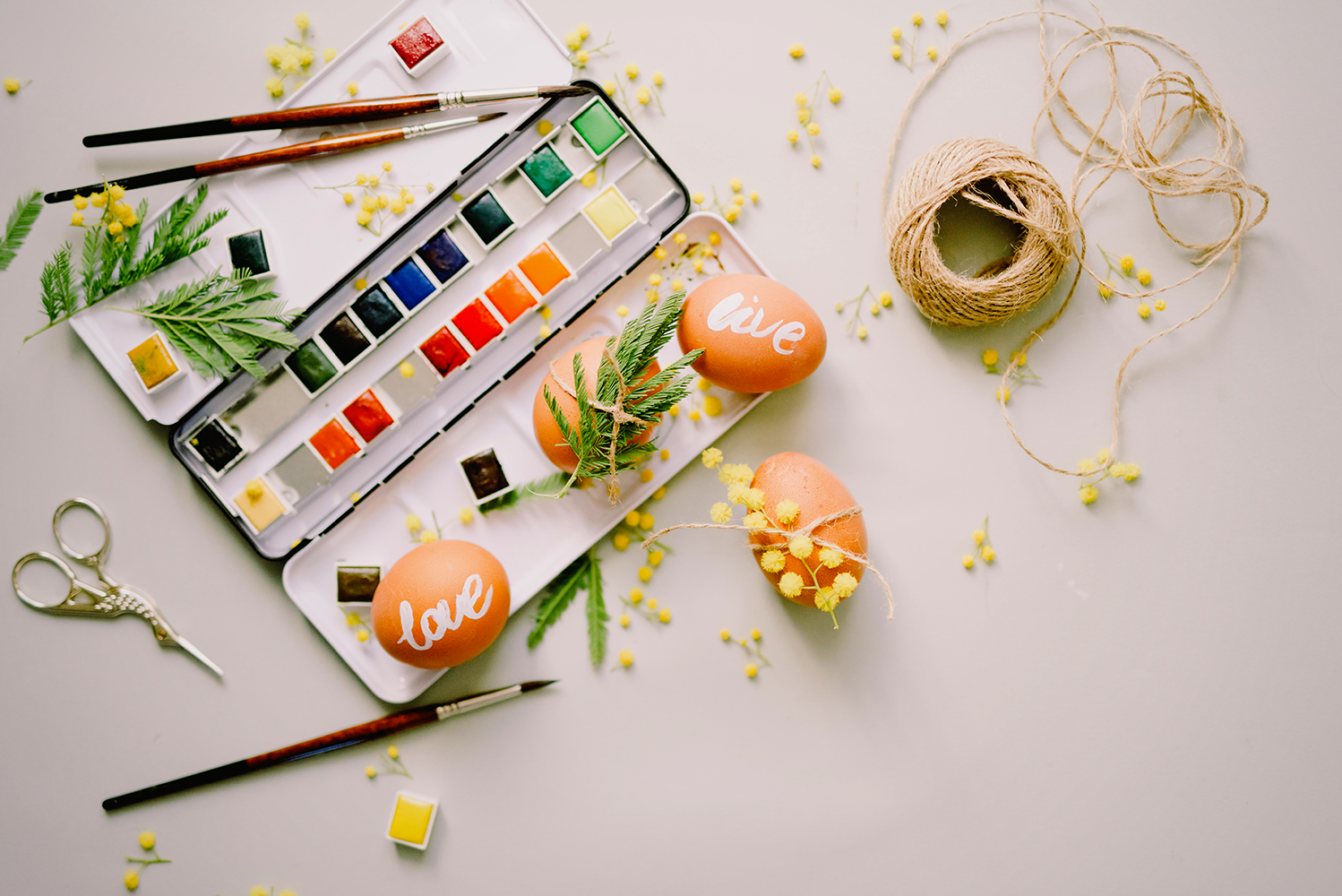
Using Your Watercolor Palette Artistically
Watercolor painting is an exciting way to express your creativity, and with the right supplies you can unleash your inner Picasso.
From vibrant hues to subtle pastels, there are endless possibilities for creating beautiful works of art with your watercolor palette.
No matter what type of artist you are—beginner or expert—finding the right watercolor palettes will ensure that you get the best results from your artwork each time you use it!
With so many options out there, it can seem daunting trying to pick one at first—but don't worry!
Once you understand what each type has to offer, it will be much easier finding a particular palette that fits your needs perfectly!
Take your time researching different options until you find a new palette that's just right for you!
So, go ahead and get creative—unleash your inner Picasso today!
With the right watercolor palette, you can create stunning works of art that will last a lifetime.
Happy painting!
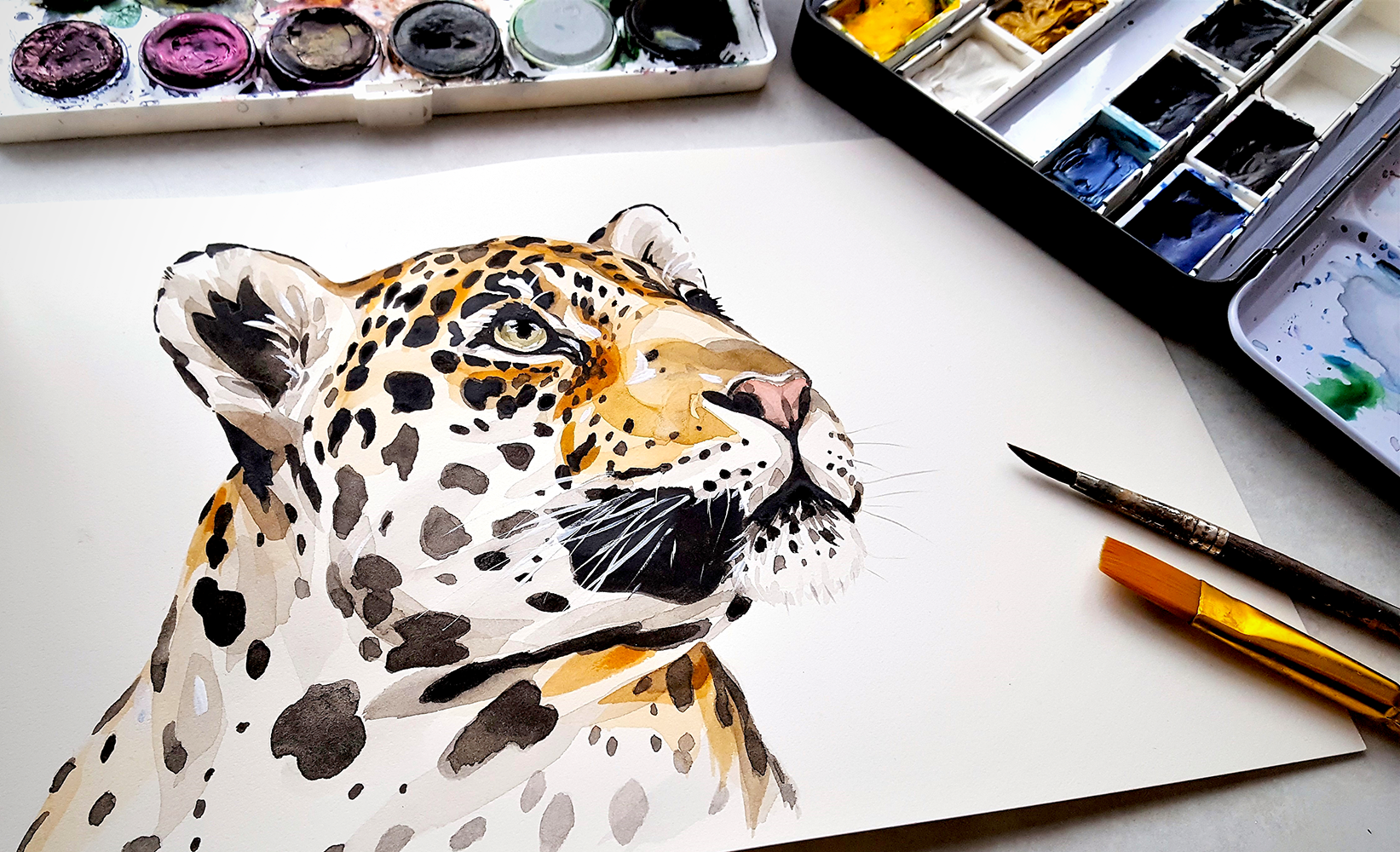


Want to learn more about setting up your new watercolor palette? Check out Jess Karp's video!
Want even more content about creativity and art?
Be sure to check out all of our creative chronicles!
Love all things watercolor?
Check out some of our watercolor articles:


